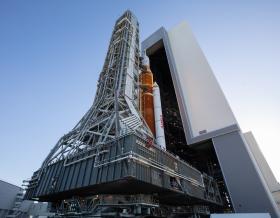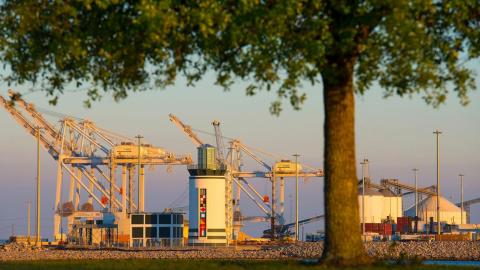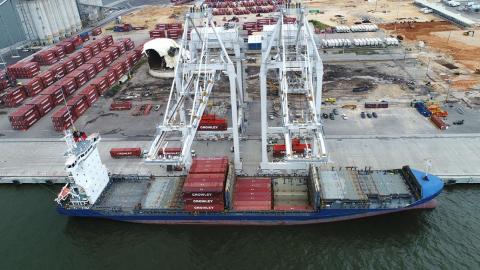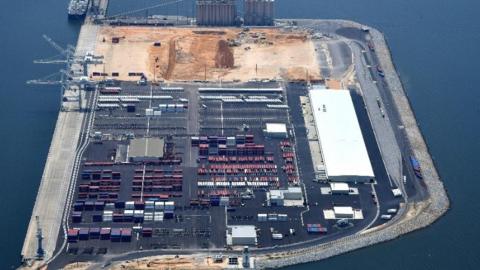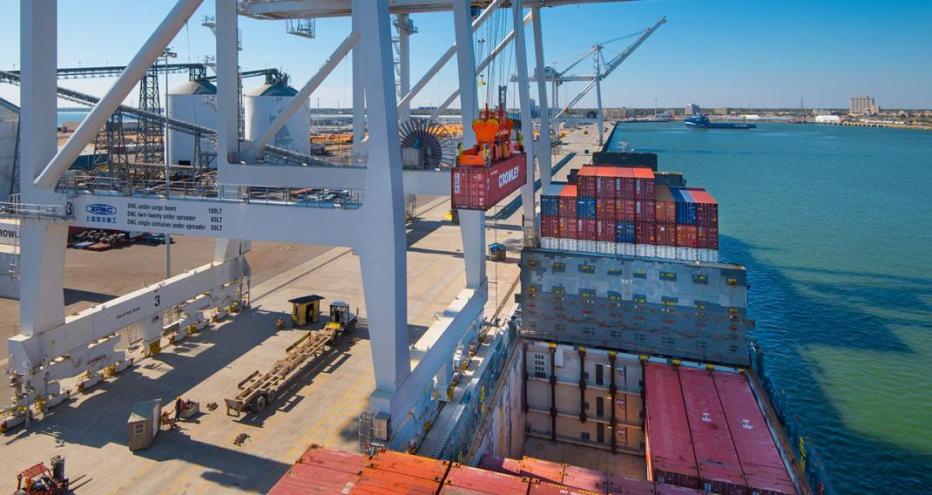
When Hurricane Katrina struck in 2005, the Port of Gulfport’s facilities in Mississippi sustained severe damage. After that devastating event, the Port made the decision to rebuild, and in that vein, rebuild both bigger and stronger.
The Port of Gulfport Restoration Program (PGRP), initiated in 2008 and substantially completed in 2018, included reconstruction of the Port’s existing bulk and break-bulk facilities and development of new container terminals, road and rail facilities to allow for expansion.
By providing program management services, Jacobs is helping the Port reach both near‐ and long‐term goals for the restoration program by meeting environmental and marketplace objectives and identifying alternatives to maximize long‐term economic growth for the local community and the state.
-
1902
year the Port was established
-
$ 570 M
restoration program
“Jacobs has been an invaluable partner to MSPA for a regionally-significant project, providing a wide variety of technical expertise. The staff members are responsive, work with the highest level of professionalism, industry experience and integrity, and have exceeded our rigorous expectations. Their global resource base has put the right people in place to drive and deliver our project on time and under budget.”
In Focus: Port of Gulfport Restoration Program
Jacobs began our support of thePort of Gulfport Restoration Program with a master plan update in 2007 and completed management of the construction of reclaimed land in 2013 to enable the follow-on phase of construction of new marine terminals on the expanded port footprint.
This phase included preparation of environmental studies and permits to fill Mississippi Sound water bottoms, management of design professionals and construction management during placement of fill material and construction of shoreline protection. Additionally, we completed the federal processes required to obtain the Army Corps of Engineers (ACOE) permit to allow the future expansion of an additional 160 acres, allowing the port to double in size in the future.
Currently, we’re coordinating the effort to obtain another ACOE permit to allow the deepening and widening of the existing Federal Navigation Channel to -46 feet.
Coordination and interaction with existing tenants and facility users was a key element. Through an iterative process, we identified key stakeholder needs and integrated desired operational schemes for facility users throughout construction. During construction, all existing tenants continued to operate at full capacity, and an additional new tenant was incorporated and operational onsite within three months.
We developed the plans for the topside expansion, which includes four discrete container terminals with different operational schemes, to meet the unique needs of each tenant. For each terminal, we developed plans for container yard storage areas and support facilities which include administration buildings, gate facilities and maintenance facilities. The preliminary designs were then progressed and finalized by local design firms.
The location of facilities and yard utilization were planned to maximize throughput capacity and operational velocity. The procurement and installation of three new ship-to-shore gantry cranes has greatly increased the overall efficiency of the port.
Funding of $570 million for the project came from an investment in federal money made available by Congress through the U.S. Department of Housing and Urban Development. The decision to invest in the Port of Gulfport following Hurricane Katrina not only expanded the Port’s footprint but also attracted new tenants and private investments which further support the economy.

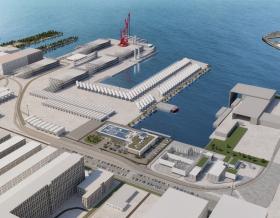









.jpg?h=c7c14dee&itok=FmPI2126)


















_0.jpg?h=8a6d63f3&itok=5vsqFiQH)









.png?h=1314d3d4&itok=rFs9mG95)











